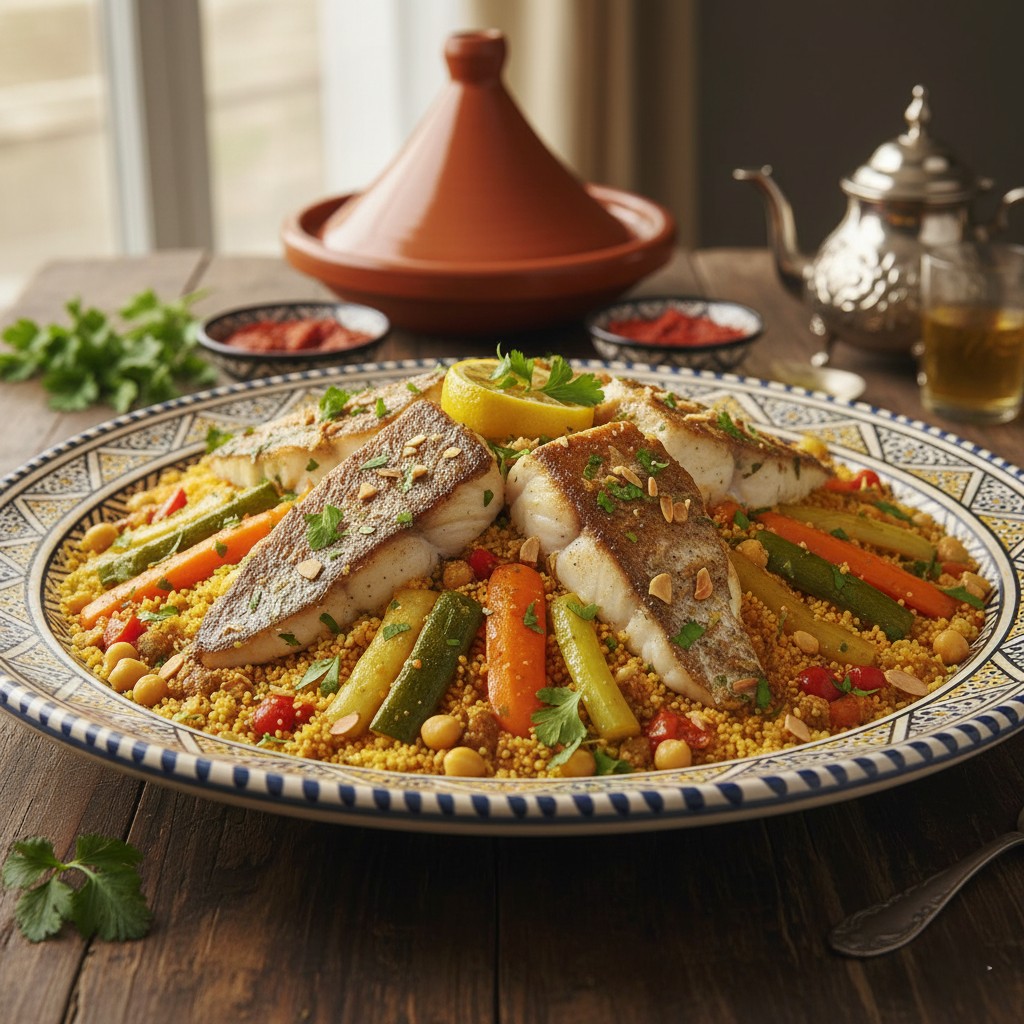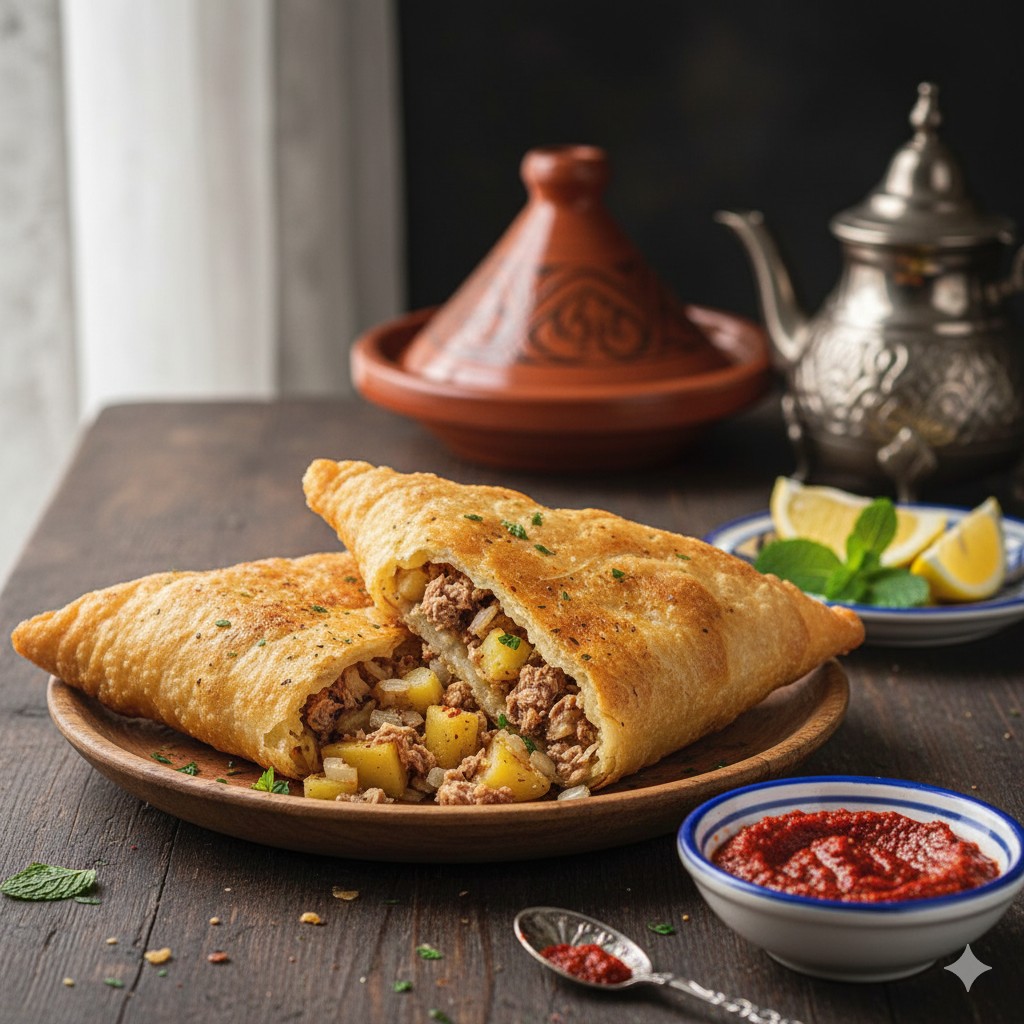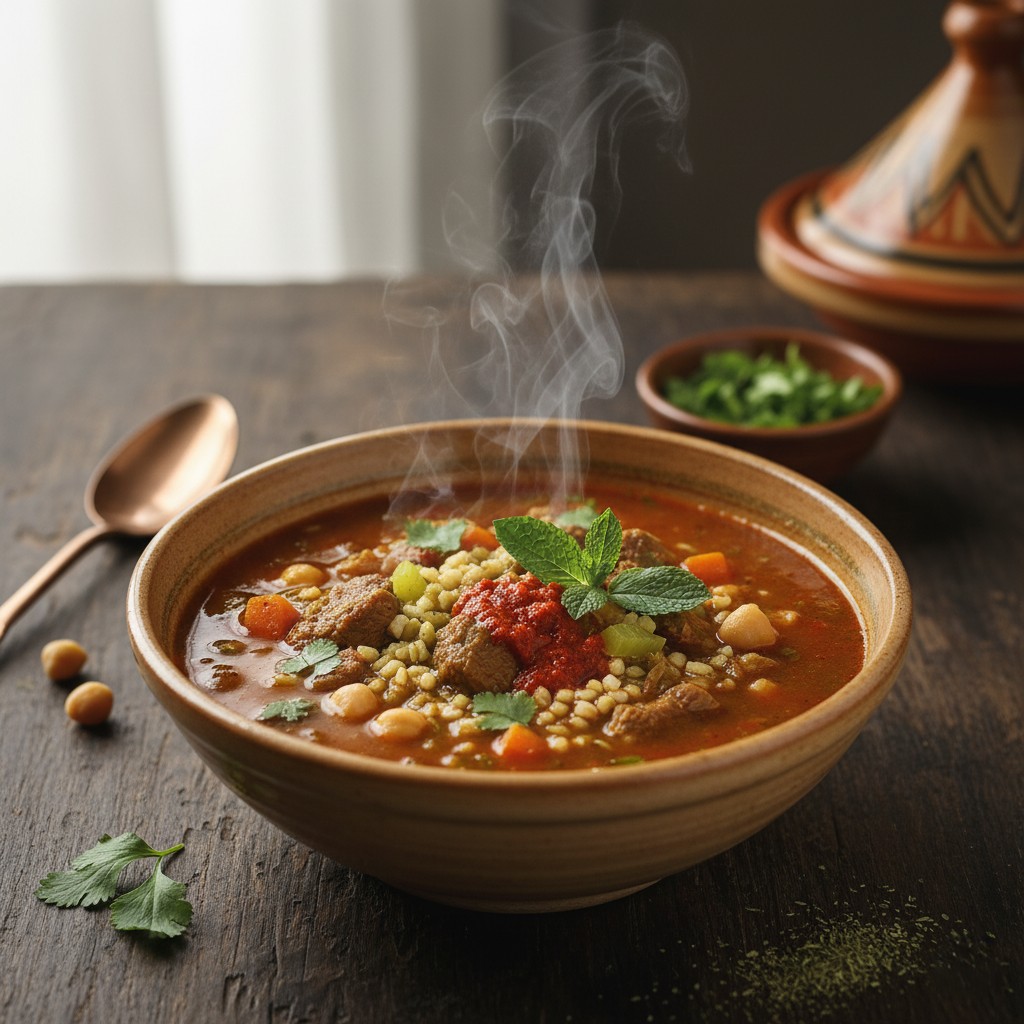Egyptian Fatteh is a traditional dish that embodies the rich culinary heritage of Egypt. It is a layered dish typically made with crispy pita bread, tahini sauce, yogurt, garlic, and various toppings such as chickpeas, meat, or vegetables. The name “Fatteh” translates to “crushed” in Arabic, referring to the crushed pita bread that forms the base of the dish. This hearty and flavorful meal is often served during special occasions and celebrations, making it a staple in Egyptian cuisine.
The origins of Fatteh can be traced back to ancient times when Egyptians used simple ingredients to create nourishing meals. Over centuries, the recipe has evolved, incorporating influences from various cultures that have interacted with Egypt throughout history. Today, Fatteh is enjoyed not only in Egypt but also by Egyptian communities around the world, serving as a comforting reminder of home.
About Egypt
Egypt, officially known as the Arab Republic of Egypt, is located in the northeastern corner of Africa and shares borders with the Mediterranean Sea to the north and the Red Sea to the east. It is renowned for its ancient civilization, which dates back over 5,000 years, and is home to iconic landmarks such as the Pyramids of Giza and the Sphinx. The country’s rich cultural heritage is a blend of African, Middle Eastern, and Mediterranean influences, making it a unique and vibrant destination.
Egyptian culture is deeply rooted in its ancient history, with traditions that have been passed down through generations. The official language is Arabic, but English and French are also widely spoken, especially in tourist areas. Egyptian cuisine is diverse and flavorful, featuring dishes like koshary (a mix of rice, lentils, and pasta), molokhia (a green leafy vegetable stew), and of course, Fatteh. The country’s vibrant markets, bustling cities, and serene desert landscapes offer a rich tapestry of experiences for visitors.
Recipe for Egyptian Fatteh
Ingredients:
- 4 pita breads
- 2 cups chickpeas (canned or cooked)
- 1 cup tahini sauce
- 1 cup plain yogurt
- 3 cloves garlic, minced
- 2 tablespoons olive oil
- Salt and pepper to taste
- Fresh parsley for garnish
Instructions:
- Prepare the Pita Bread:
- Preheat your oven to 350°F (175°C).
- Cut the pita breads into triangles and place them on a baking sheet.
- Bake for about 10-12 minutes or until crispy. Remove from the oven and set aside.
- Prepare the Tahini Sauce:
- In a bowl, mix the tahini sauce with 1/4 cup of water to achieve a smooth consistency. Add salt and pepper to taste.
- Set aside.
- Prepare the Yogurt Mixture:
- In another bowl, combine the yogurt, minced garlic, and a pinch of salt. Mix well until smooth.
- Set aside.
- Assemble the Fatteh:
- In a large serving dish, layer the crispy pita bread at the bottom.
- Spread the chickpeas evenly over the pita bread.
- Drizzle the tahini sauce over the chickpeas.
- Pour the yogurt mixture over the tahini sauce.
- Garnish with fresh parsley.
- Serve:
- Serve immediately while the pita bread is still crispy and enjoy your homemade Egyptian Fatteh!
Conclusion: Visiting Egypt
Egypt is a land of wonders, offering a unique blend of ancient history, vibrant culture, and breathtaking landscapes. The best time to visit Egypt is during the spring (March to May) or fall (September to November) when the weather is mild and pleasant. During these seasons, you can explore the iconic landmarks such as the Pyramids of Giza, the Sphinx, and the Egyptian Museum in Cairo without the scorching heat of summer.
For those seeking adventure, a trip to the Sahara Desert is a must. The vast expanse of sand dunes offers an unforgettable experience, with opportunities for camel rides, desert treks, and stargazing under the clear night sky. One legendary location in the Sahara is the Siwa Oasis, known for its ancient ruins and the Temple of Amun-Ra. According to local legends, Alexander the Great visited this oasis and was so captivated by its beauty that he declared it a sacred place.
Egyptian culture is rich with traditions and customs that visitors can experience firsthand. Some useful Arabic phrases for tourists include “Marhaba” (Hello), “Shukran” (Thank you), and “Ahlan wa sahlan” (Welcome). Whether you’re exploring the bustling markets of Cairo, sailing down the Nile River, or marveling at the ancient temples of Luxor, Egypt promises an unforgettable journey through time.



![Egyptian Koshary [also spelled Koshari or Koshery]](https://www.lamaghrebine.com/wp-content/uploads/2025/11/Egyptian-Koshary.jpg)





